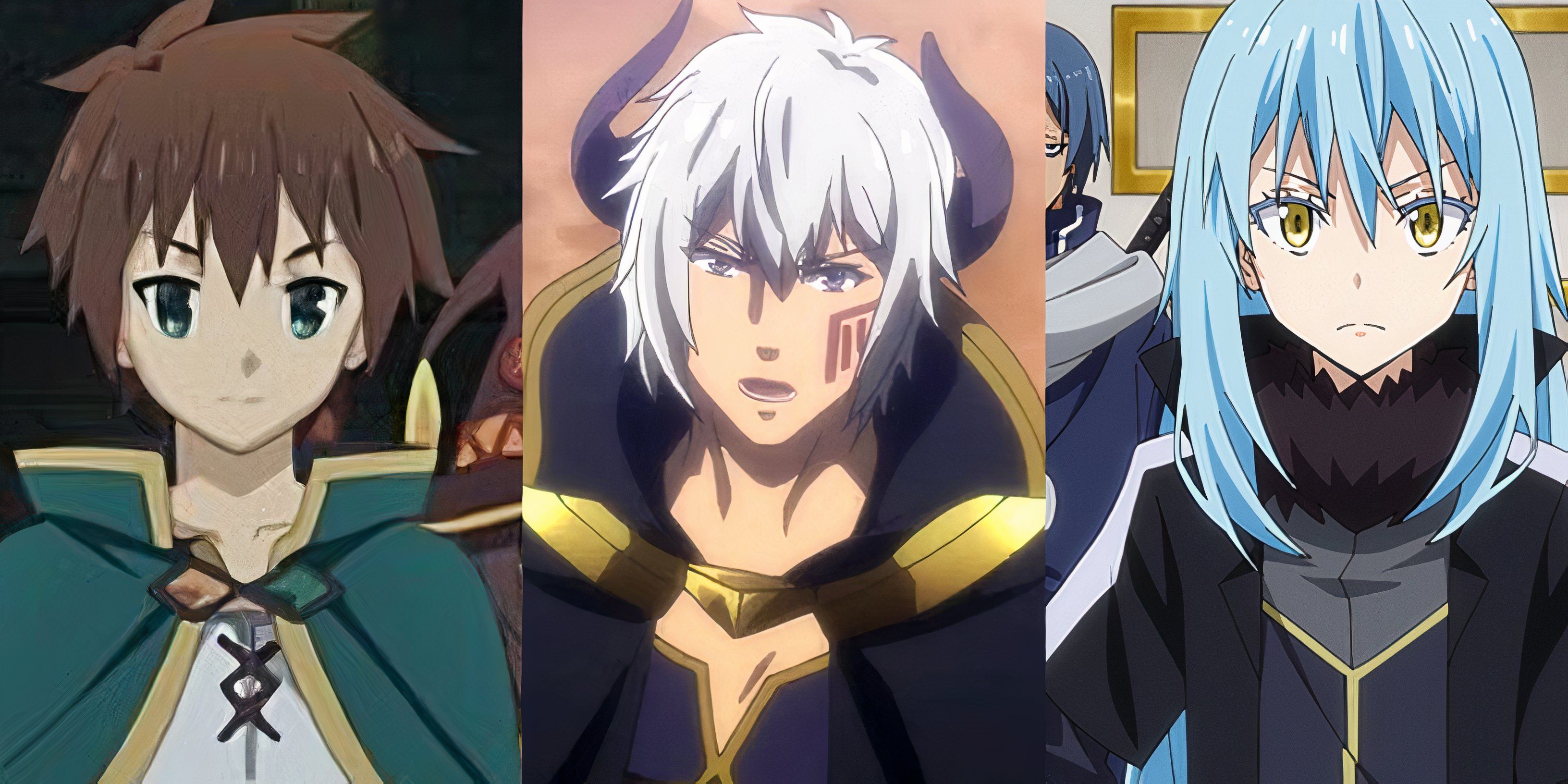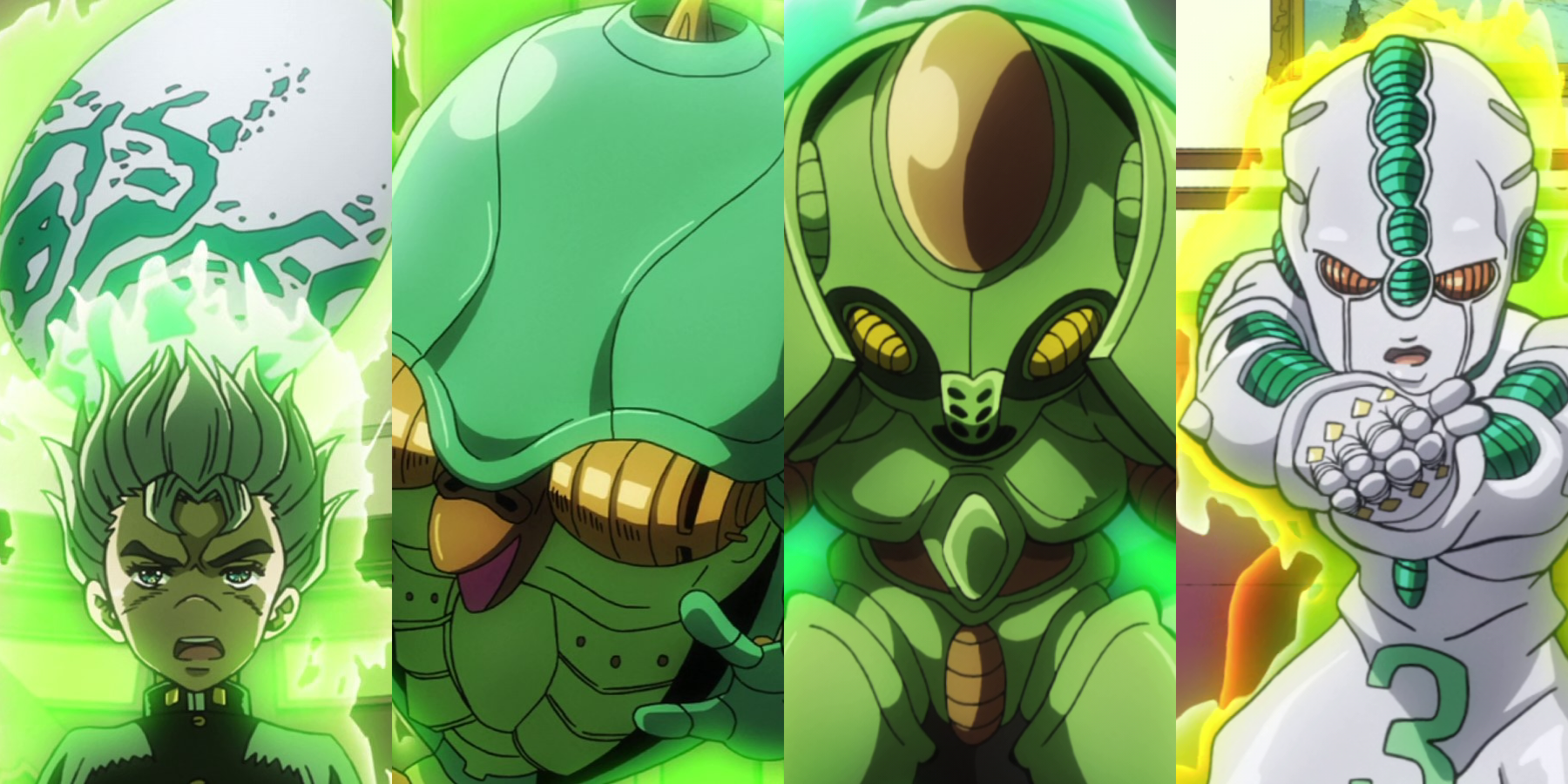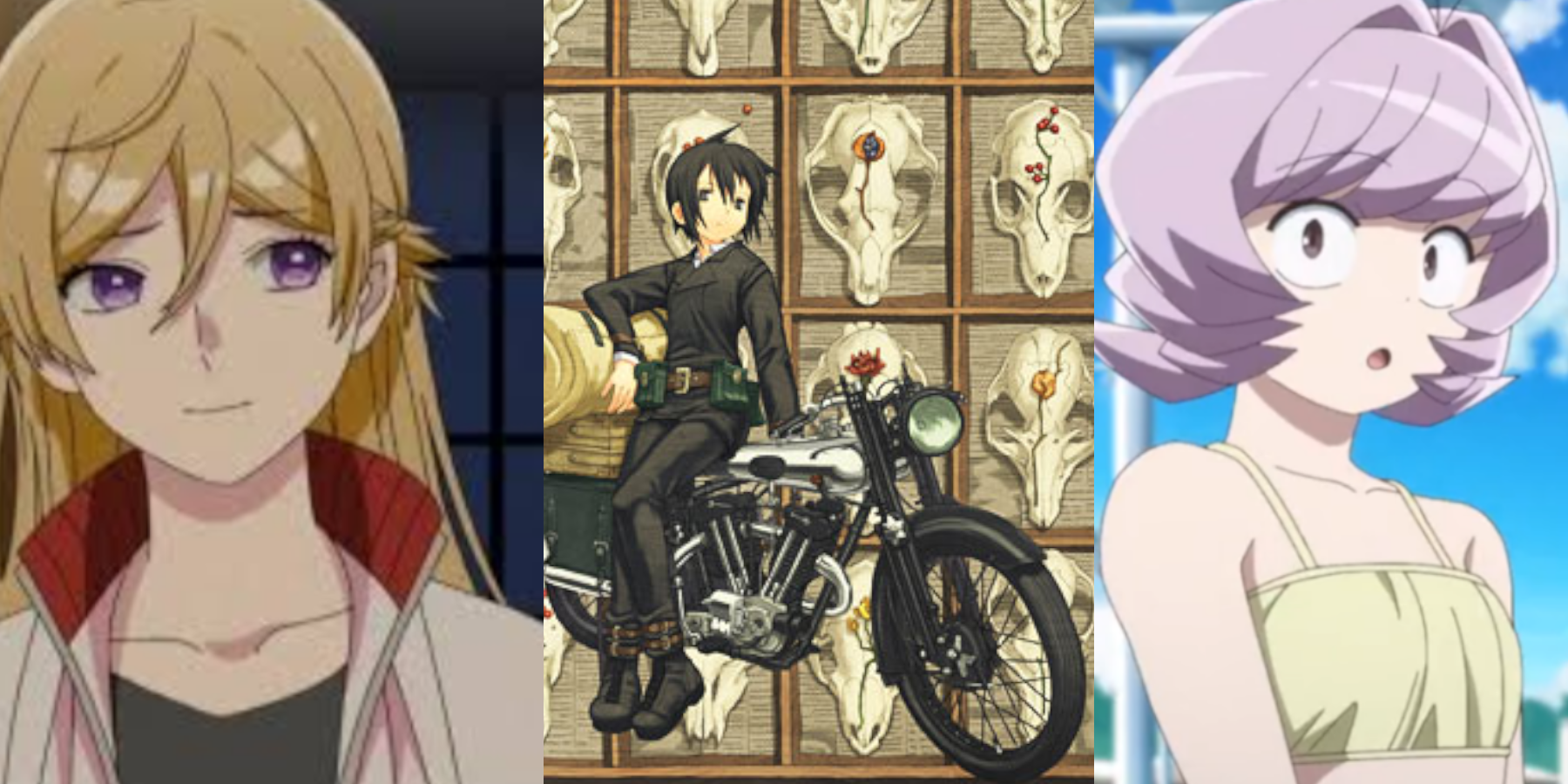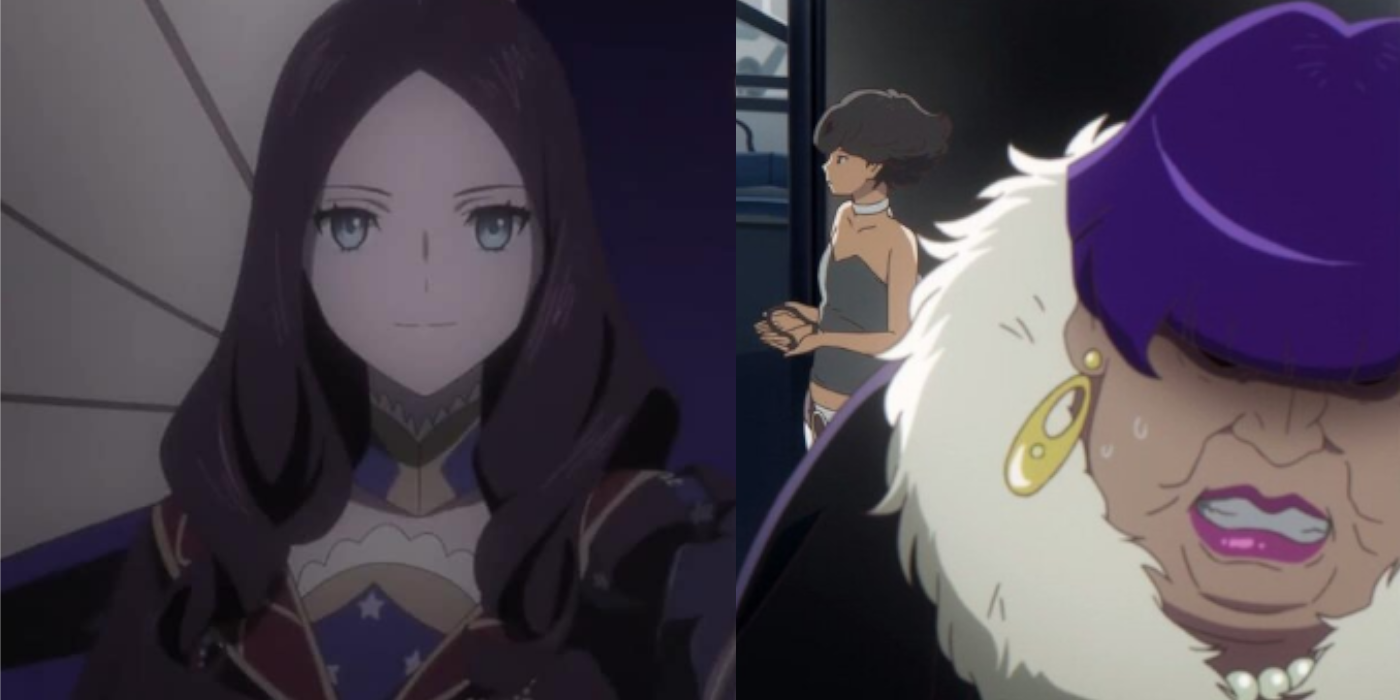It has become almost commonplace to see a non-binary or transgender character pop up in popular anime, but who did it best? The non-binary community, commonly referred to as x-gender in the Japanese culture, has been broadly misunderstood by society, and the media has not done much to help the situation in the past.
However, as the world becomes more open-minded and the LGBTQ+ supporters find their voice, the anime industry has (generally speaking) embraced genderqueer characters in their narratives. Mistakes, however, are inevitable, and some series did a better job encouraging discrimination rather than inclusion.
Astolfo and Jack the Ripper - Fate Apocrypha
Astolfo is the ravishing Rider of Black who, being born a cis male, now simply self-identifies as "cute." He seems unbothered by the use of male pronouns, as long as it doesn't distract from his adorably stylish outfits. One of the first instances fans are introduced to Astolfo in Fate Apocrypha is during a sexual encounter between Servant and Master. Astolfo is on the receiving end of Celenike Icecolle Yggdmillennia's affections, however, does not seem to take any pleasure from the interaction. Celenike objectifies her Servant throughout the series, using sex as a weapon against the beautiful Paladin. The legends of Astolfo give greater merit to his looks than his strength, and Celenike's abuse of power may be in reference to this fact. Astolfo, however, falls in love with Seig - a love so deep that it is concerned only with Seig's happiness as he encourages Jeanne d'Arc to pursue her feelings for the homunculus.
Jack the Ripper acts as an antagonist in the Fate Apocrypha series, embodying the form of an innocent-looking child while going on a mass murder spree to quench their thirst for magical energy. Because the Assassin of Black is essentially a combination of numerous juvenile spirits and aborted infant souls, Jack does not conform to a singular gender and therefore identifies as they/them. However, Jack also constantly refers to themselves in the third-person plural (we/us), so whether it is a statement of gender fluidity, or a direct reference to all the souls trapped within, is unclear.
Kino - Kino's Journey
The fact that Kino is an assigned female at birth is no secret, although Ryutaro Nakamura makes a point of not labelling Kino's gender throughout the narrative. Kino sometimes self-identifies with the pronoun, boku (which in this context loosely translates to "tomboy"), but disowns the terms bouya (little boy) and ojou-san (missy), and is therefore mostly referred to with the gender-neutral phrasetabibito-san (traveler).
Kino is iconic as being one of the first non-binary anime personalities to not be portrayed with a dramatic, outlandish, over-exaggerated character design; their gender identification being a non-issue and simply an accepted fact. The society that Kino stems from is clearly divided - black and white, with no grey areas, and the traveler is intrigued by what else may be out in the world. This narrative is undoubtedly a metaphor for growing up with the pressures of assigned genders, denied of non-binary or transgender options.
Najimi Osana - Komi Can't Communicate
Najimi Osana accepts many pronouns as a form of identification, including boku, kare (male), and kanojo (female), and their fashion style is inspired by a combination of a masculine and feminine wardrobe. Often the subject of the male gaze, Najimi does not seem to receive much acceptance from their close companion, Tadano, who regularly shows discomfort surrounding Najimi's ambiguity.
This lack of approval does not cause Najim's loyalty to her friend to waver, as the bonds of friendship are put to the test. Komi Can't Communicate sees Tadano battle with the concept of gender fluidity, eventually learning to embrace it when he dons a French maid's uniform. Not that it matters at this point but, for those who are dying to know, Najimi was assigned male at birth.
Ryuji Ayukawa (Yuka) - Blue Period
Ryuji Ayukawa's gender only comes into question in later episodes Blue Period season 1, when they are rejected by their love interest for being transgender. Yatora Yaguchi seems generally unperturbed by his friend's gender identification, and only ever seems uncomfortable when Ryuji hits on him directly. Strangely, Yatora regularly refers to his friend with the pronouns they/them, but in the same breath, refuses to use their preferred nickname, Yuka.
By episode 10, however, Yatora is open-minded enough to complete a nude self-portrait alongside his companion - as the pair learn to embrace themselves for who they are. Great depth of character is shown in Yuka's backstory, where fans witness the abuse in their home, fueled by the ignorance of their parents, which pushed the poor artist towards a life of prostitution as a means of escape. Arguably one of the most fleshed-out transgender anime characters, Yuka's story shows well-rounded insights and empathetic views into the x-gender community.
Foux-pas and Failures
The Fate Grand Order franchise has become known for utilizing gender-bending in their narratives, but has not always shown the most tact. Leonardo Da Vinci is another Fate character that, traditionally portrayed as a cis male, now adopts a feminine appearance because he felt a strong connection to the beauty of his muse, Mona Lisa. However, taking into account the number of gender-swops seen throughout this series, many fans question the Fate creators' motives. The sheer volumes of gender reversals in the Type-Moon franchise have offended the LGBTQ+ community, as it makes gender fluidity seem sensationalized. Nero, King Arthur, Quetzalcoatl, and others have all been converted into female/male hybrids, and fans feel that the franchise is more focused on adding waifus to their cast to boost viewership and sales, than addressing issues of gender identity.
Carole & Tuesday also misses the mark as they misrepresent the transgender community throughout the series. In almost every instance that a non-binary or transgender character is introduced to the audience, they are ridiculed, discriminated against, and treated as a threat. Most notably is the character of Dahlia, Angela's mother, who uses her past issues (having been a cis-born male with a difficult transition), as an excuse for the violent and emotional abuse of her daughter. It is suggested that her hormonal imbalance is the root of Dahlia's issues, shifting the blame from her cruel personality towards her "faulty" genetics. One would assume they would have learned from the Hannibal Lecter movies, where parallels were also outlandishly drawn between the transgender community and psychopathic behavior. Carole & Tuesday first aired in 2019, so ignorance cannot be used as an excuse for these disrespectful representations.








---Blue-Period.png)
